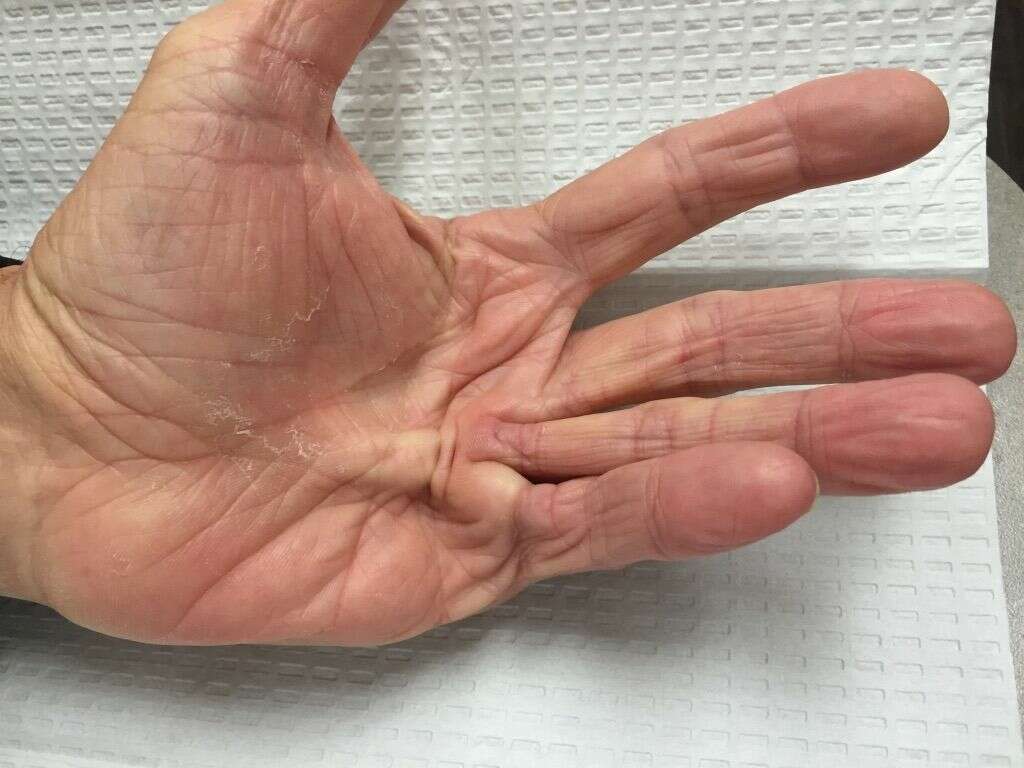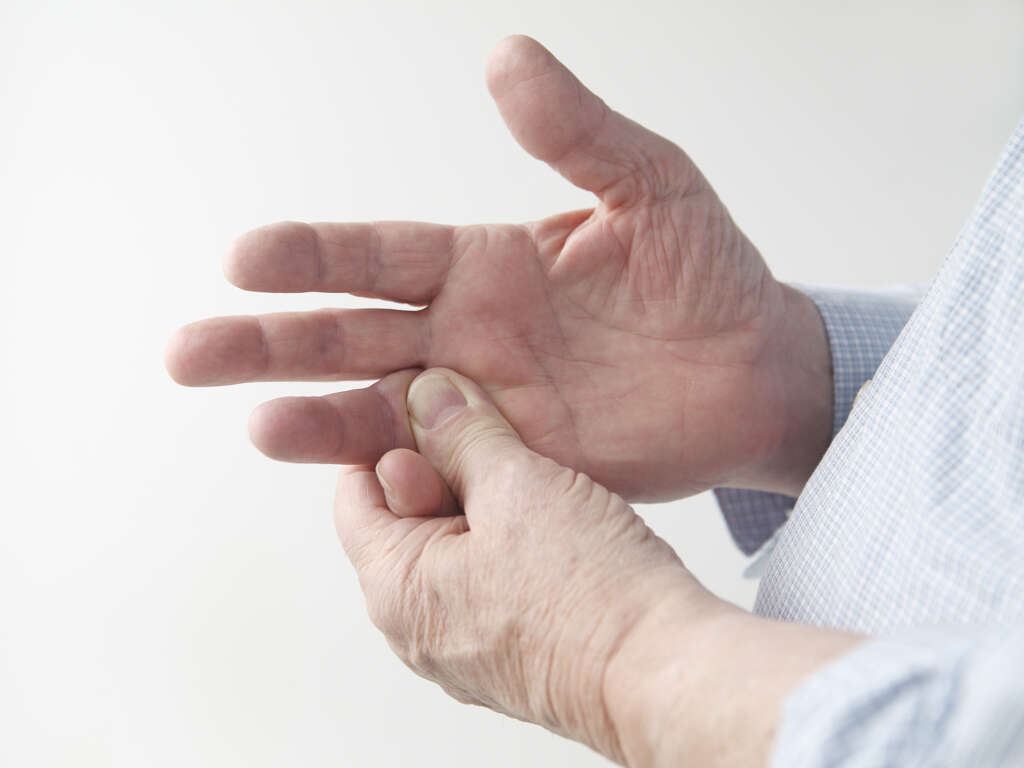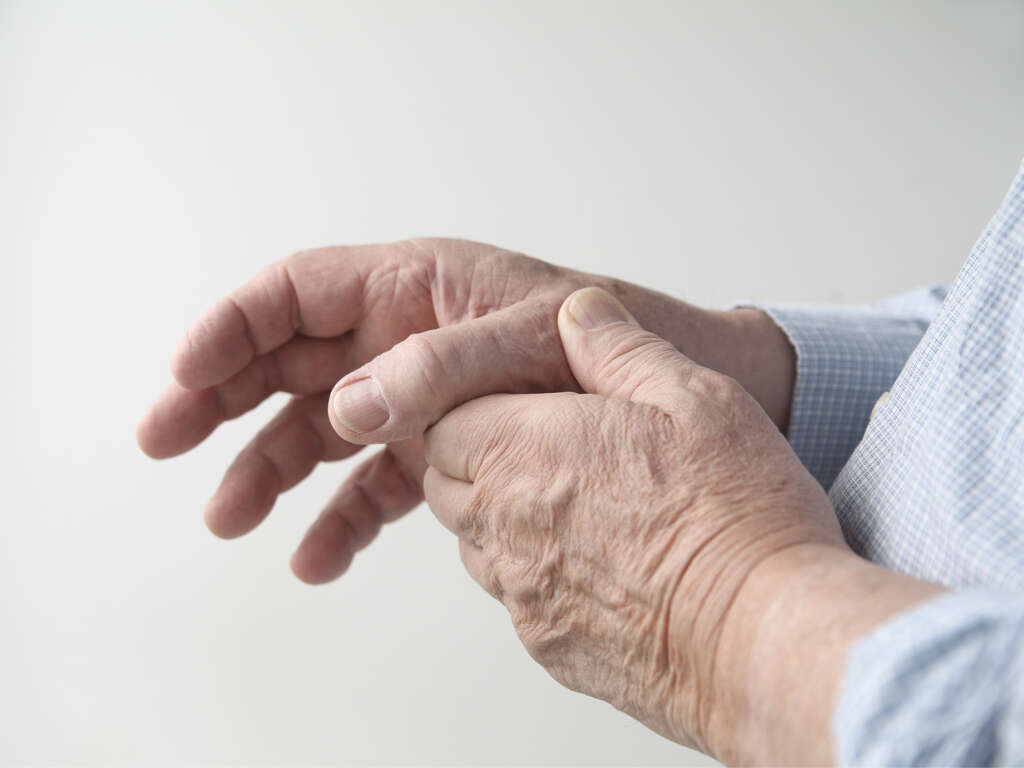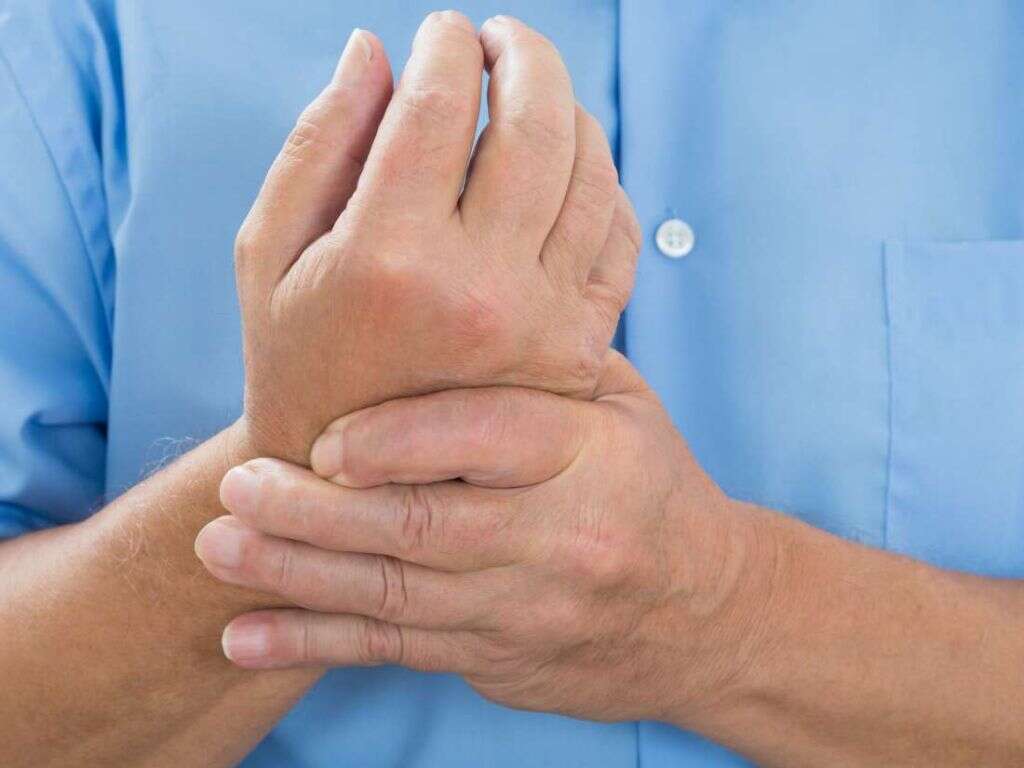What Is Ulnar Nerve Entrapment?
Ulnar nerve entrapment is a condition that develops as a result of extra pressure on the ulnar nerve. The ulnar nerve runs from the shoulder to the little finger. Ordinarily, nerves are found inside bone canals and are protected by muscles. This is, however, not the case for the ulnar nerve, which is found near the skin’s surface. This means that the ulnar nerve is not protected enough such that it is prone to injuries and compression.
The entrapment can happen on many levels. If it happens at the elbow, the condition is called cubital tunnel syndrome, and if it happens at the wrist, it is called ulnar tunnel syndrome. Cubital tunnel syndrome is a common injury while ulnar tunnel syndrome is less common. The condition is usually not serious. However, some consequences can be permanent if the condition is left untreated. Paralysis and loss of sensation are among the risks. The condition can usually be treated successfully once it is diagnosed.

1. Symptoms of Ulnar Nerve Entrapment
Ulnar nerve entrapment symptoms occur in two main places; the elbow and the hand. However, most symptoms occur in hands and fingers. The most common symptoms of Ulnar nerve entrapment are intermittent numbness and tingling occurring in the fingers, especially the ring finger and the little finger. The grip of the affected hand becomes weaker and most patients describe their little and ring fingers as being asleep.
People who type often or play an instrument find it difficult to control their fingers. Any task that requires the use of fingers becomes more difficult. In addition, they become more sensitive to cold temperature and feel pain and tenderness in the inner part of the arm at the level of the elbow. If the condition is left untreated, muscle wasting may occur.

2. Causes of Ulnar Nerve Entrapment
The ulnar nerve pathway is not protected enough by bone canals or muscles. It runs through areas that bend and can increase the pressure on it. The most common cause of ulnar nerve entrapment is compression. The compression can occur due to many reasons. Some of them are external and others are internal.
Leaning on your elbow for a long time, new and previous injuries inside and around the elbow, bone deformation inside the elbow, and fluid buildup inside and around the elbow are the most common problems occurring at the level of the elbow.

3. Dislocation of the Ulnar Nerve
Ulnar nerve entrapment can also develop if the nerve gets out of its pathway when the elbow is bent, or due to conditions such as arthritis and swelling affecting the elbow or the wrist joints.
Dislocation can also occur due to activities requiring bending of the elbow for a prolonged time.

4. Ulnar Nerve Entrapment and Chronic Diseases
Chronic conditions and some other factors increase the risk of ulnar nerve entrapment occurrence. The conditions include osteoarthritis, osteoporosis, and other bone diseases. Dislocations and fractures of the elbow, whether they are current or old, can lead to ulnar nerve entrapment. Any accumulation of fluids at the elbow works as a compression. This includes edema and swelling.
In addition, any cyst that can form at the level of the elbow can cause ulnar never entrapment. People who work in jobs requiring them to bend or flex their elbow joint for a long time or repetitively can easily develop ulnar nerve entrapment.
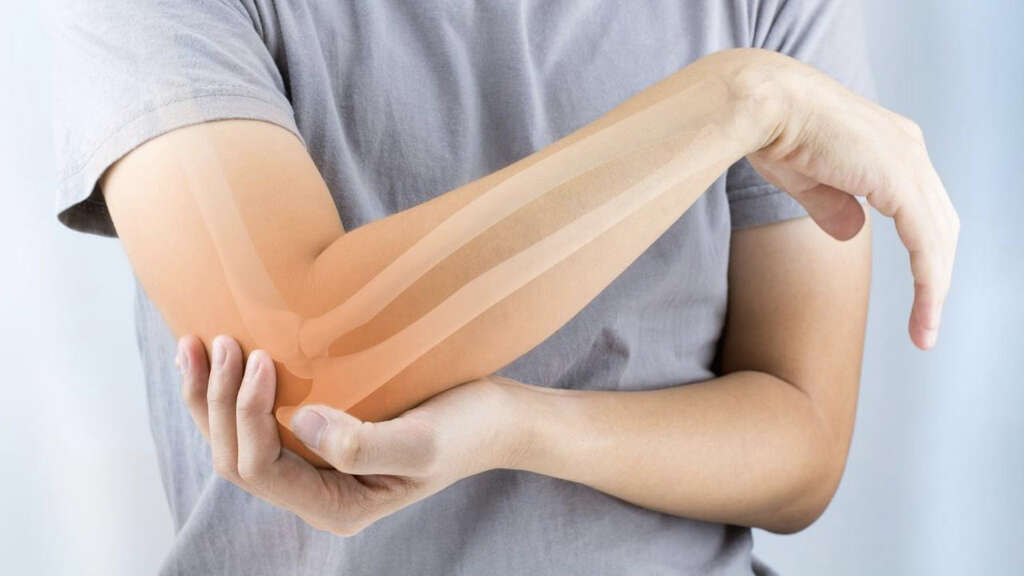
5. Complications of Ulnar Nerve Entrapment
Ulnar nerve entrapment is not a serious condition. However, two serious problems may occur. The first complication is muscle wasting. If ulnar nerve entrapment is left untreated, serious muscle wasting may occur.
The second problem occurs when doctors intervene to decompress the ulnar nerve surgically. Surgery is one of the treatment options if the condition is serious, and if the medical treatment failed to decompress the nerve. The complications of failure of surgical intervention include the formation of a new area of entrapment while decompressing the nerve. Of course, nerve injury is a common complication. For this reason, it is necessary that before surgical intervention, the surgeon makes sure that it is not a double-crush syndrome where the ulnar nerve is compressed at two different locations.

6. Disease Process
The ulnar nerve moves from the shoulder to little finger near the skin surface. Usually, nerves run through bone canals and are found in the deep layers of body tissue. Muscles surrounding nerves usually protect them from any injuries or compression.
The perfect situation for a nerve is where it runs through a bone canal surrounded by muscles. But for the ulnar nerve, protection does not exist. For this reason, the ulnar nerve can be injured and compressed easily. This means that any injury of the arm from the elbow to the wrist can lead to ulnar nerve entrapment.

7. Lifestyle Changes to Ease Ulnar Nerve Entrapment
Some exercises can relieve the pain of ulnar nerve entrapment. For better results, ask your doctor which exercises are recommended. Your doctor may advise that you do the exercises at home or go to a physical therapist.
For example, if the ulnar nerve entrapment is at the elbow, you can start by extending your arm straight with your palm up. Curl your five fingers inward then slowly bend your elbow. Move your hand toward your shoulder slowly and then return to the first position. Repeat the exercise 3 to 5 times per day and you will notice improvement in your muscle power and sensations. If symptoms worsen, discontinue and return to your physician or physical therapist. You should also avoid activities requiring bending the elbow repeatedly and making sure to keep the elbow straight at night.

8. Diagnosis
The proper diagnosis of ulnar nerve entrapment is essential to avoid any loss of functions or sensation in the affected arm. Medical history and physical examination are important. Your doctor will ask about your overall health and any medications you are on or used to take.
Physical examination including bending your elbow and wrist to see if the symptoms will appear or not will also be conducted. During physical examination, the doctor will also check your muscle strength and sensation in the affected arm. X-rays and nerve conduction studies may also be needed to determine the severity and extent of the condition.

9. Treatment
Non-surgical treatment options are aimed at reducing inflammation and pressure on the ulnar nerve. It is the best treatment option for people who have mild to moderate symptoms. If the condition is severe, surgical intervention may be required.
Your doctor will assess the condition and according to your symptoms and the cause of the entrapment, determine the best treatment option. Most doctors start with adjusting the posture of your elbow during your daily activities. For example, the way you eat or use the phone. NSAIDs may relieve the pain. If the medical treatment fails or the condition is too severe, your doctor may recommend surgery.

10. Long-Term Outlook
Ulnar nerve entrapment is a painful condition and it has the ability to prevent you from doing your daily activities. The condition usually improves by doing some exercises and resting the affected arm.
Medical treatment includes NSAIDs and is usually effective along with the exercises. If the condition does not improve, your doctor will recommend other treatment methods, which may include surgery. The doctor should determine the treatment plan. It is important that you do not ignore the condition, otherwise it can cause permanent loss of sensation and muscle wasting.






